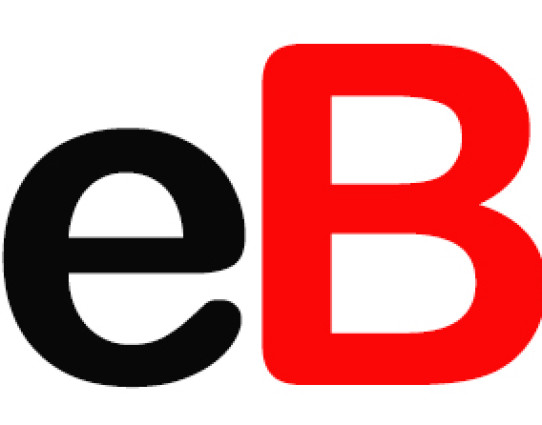 Print advertising can be very effective. It can work more efficiently than TV, and incorporating print into the media mix can contribute to media-multiplier effects. But there are several key differences between print and TV advertising. Print media need to actively grab attention, so ads in low-interest categories need creativity to draw the reader in. Unlike TV, print advertising wears out rapidly, so long-running campaigns need multiple executions to minimize this effect. And, because of the way magazines are read over time and sometimes passed on, magazine ad exposure builds gradually over time. This is an important issue for both media planning and evaluation.
Print advertising can be very effective. It can work more efficiently than TV, and incorporating print into the media mix can contribute to media-multiplier effects. But there are several key differences between print and TV advertising. Print media need to actively grab attention, so ads in low-interest categories need creativity to draw the reader in. Unlike TV, print advertising wears out rapidly, so long-running campaigns need multiple executions to minimize this effect. And, because of the way magazines are read over time and sometimes passed on, magazine ad exposure builds gradually over time. This is an important issue for both media planning and evaluation.
All advertising has to engage viewers, readers, or listeners, but print advertising is especially challenged in this respect because there is a product category effect that we don’t see in TV.
Because print is consumed actively, an ad has to immediately give a reader a reason to look at it before they turn the page. Some categories are inherently interesting and some are not. If you have a relevant message in a high-interest category, excessive creativity can be counter-productive; a very direct image or statement may be sufficient to draw in the interested reader. But it is still possible to have a successful print ad in a low-interest category; ads just have to find a way around the “interest filter.”
But as well as capturing attention, it is important to set up a clear route through the ad to ensure that the brand is noticed. In one example, the heatmap shows that attention is caught by the headline and the model, but the brand itself is almost entirely missed.
However, even when an ad captures attention, consumers may not scan the ad as expected. Within the ad, their attention will be drawn to what is most interesting; thus key messages can be missed if they are not creatively highlighted. Consumers spend an average of two or three seconds looking at a print ad; the creativity needs to quickly lead the reader into both the message and the brand. Our database shows that only 25 percent of ads succeed in clearing those hurdles.


